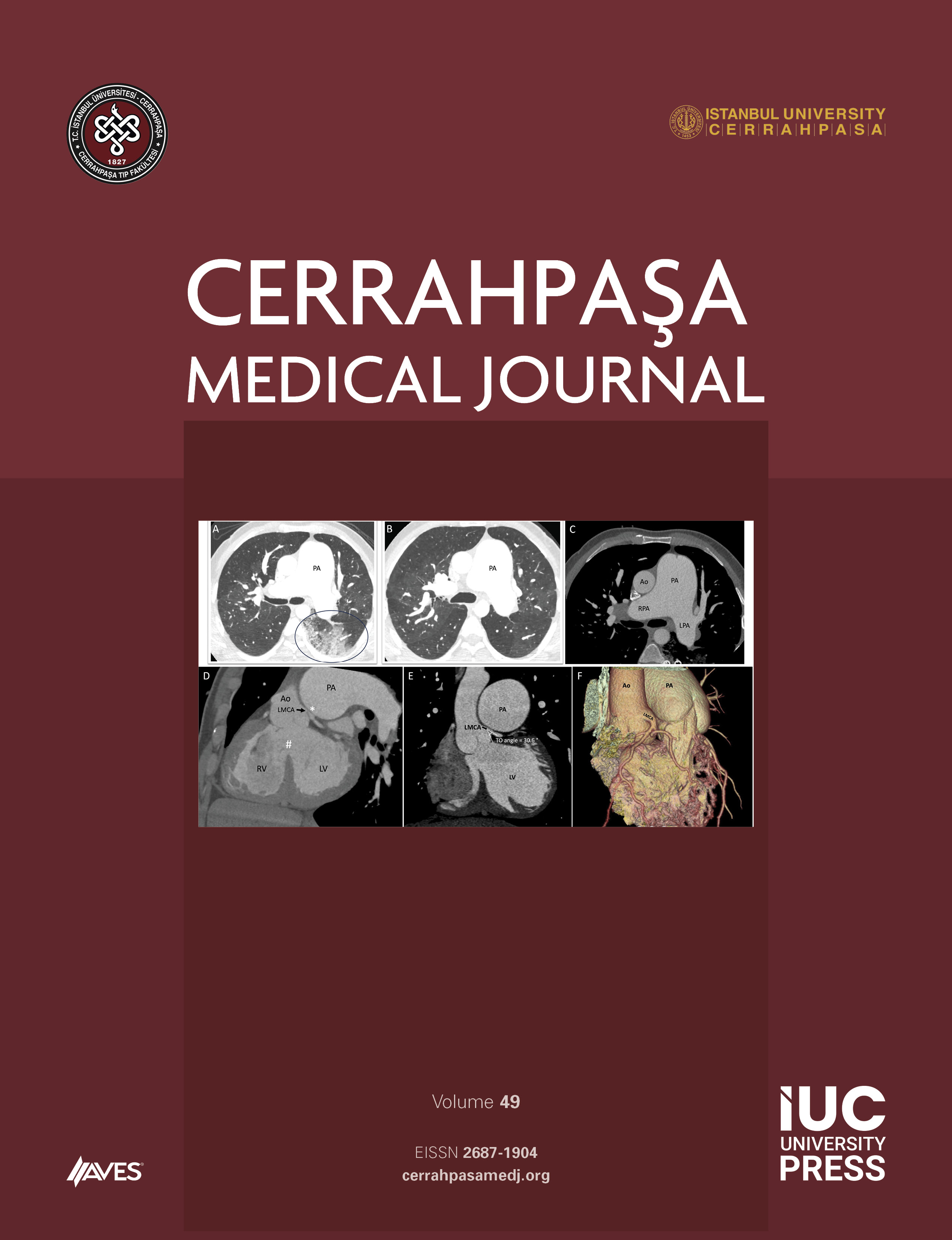Background and Design.- Permanent loss of voice severely disrupts routine interaction and can result in economic, social and psychological change. The development of effective alaryngeal speech is a major step in rehabilitation of a laryngectomy patient. Current methods of vocal rehabilitation after laryngectomy includes development of esophegeal speech, use of artificial larynges and more recently, surgical restoration of voice. With the introduction of the tracheoesophageal puncture technique and valved prosthesis, a third alternative for alaryngeal speech rehabilitation became available. Restoration of voice after total laryngectomy may occur with diversion of exhaled pulmo-nary air into the esophagus or hypopharynx. The aim of this study was to compare the speech quality and complications between Provox and Blom-Singer voice prostheses in 35 patients who were operated at Cerrahpaşa School of Medicine Otolaryngology department.
Results.- Overall, Provox and Blom-Singer prosthesis give very similar voice quality, life time, and patient satisfaction. Cleaning management is somewhat better than Provox, but there is a trend toward better voice quality for Blom-Singer prosthesis. Secondarily placed prostheses scores are better than primary placements, and the patients with total laryngectomy have better voices than patients with extended laryngectomy combined with partial laryngectomy.
Conclusion.- We discussed the advantages and disadvantages of Provox and Blom Singer silicon voice prosthesis which are inserted by tracheooesophageal puncture technique. Given the equal and good results in terms of voice quality, other factors such as cost, maintenance and patient reference should be taken into consideration when deciding which type of tracheooesophageal voice prosthesis to use.



